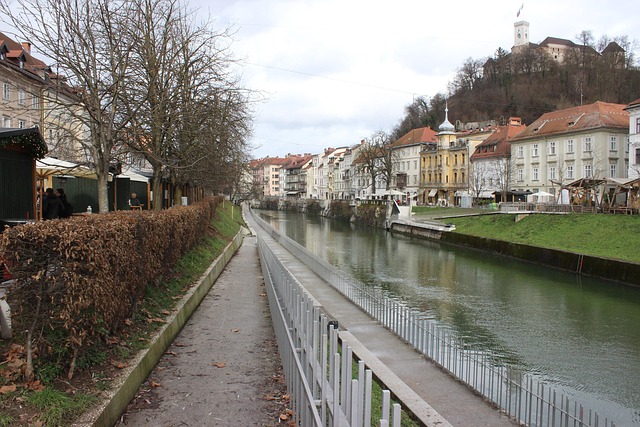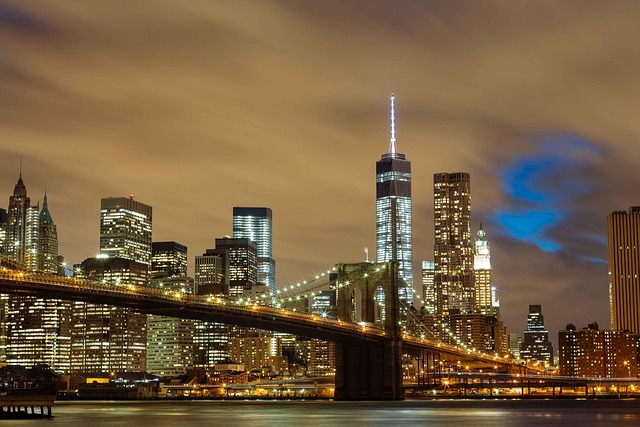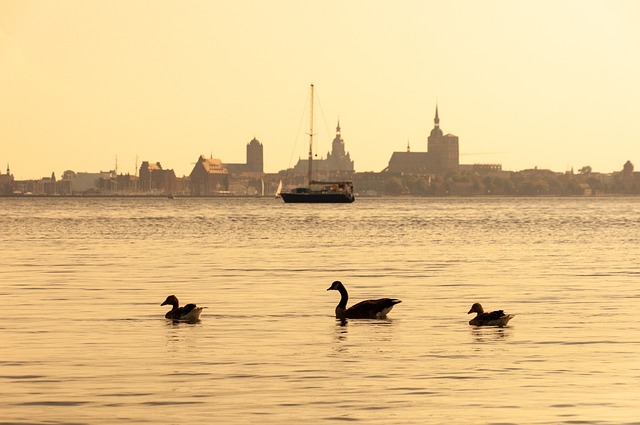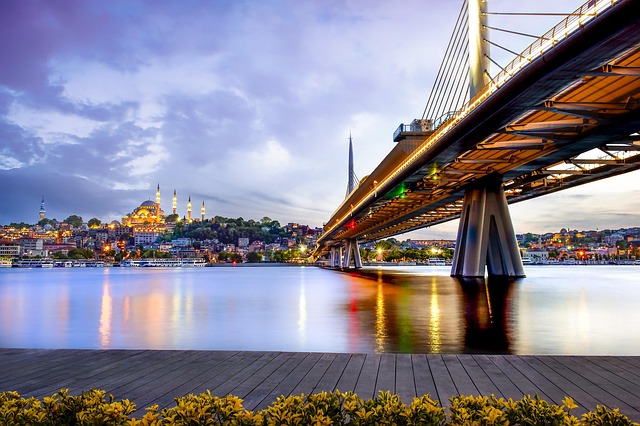Karachi, Pakistan's bustling financial hub, grapples with gas infrastructure challenges due to rapid population growth and industrialization. Aging pipelines, storage issues, and peak demand contribute to frequent shortages. Authorities are implementing innovative solutions like renewable energy integration, smart grid technologies, and increased storage to enhance gas availability and efficiency. Gas has transformed daily life and local industries in Karachi's Muslimabad society, improving sustainability and economic growth. The city aims to secure reliable gas delivery through advanced distribution networks, digital infrastructure, and exploration of renewable gas sources, setting a sustainable energy standard for urban living.
In Karachi, gas availability has transformed the city’s landscape, especially within Muslimabad Society. This article delves into the fundamental aspects of natural gas distribution in this vibrant urban center. We explore how gas accessibility empowers local communities, contributing to their socio-economic development. Challenges faced in delivering gas to residential areas are analyzed, alongside successful implementation projects that have enhanced Karachi’s energy infrastructure. Finally, we peek into future prospects and innovations aimed at increasing gas accessibility for all.
- Understanding Gas Availability in Karachi: A Basic Overview
- The Role of Natural Gas in Muslimabad Society
- Challenges in Distributing Gas to Karachi's Dwellings
- Case Studies: Successful Gas Implementation Projects in Karachi
- Future Prospects and Innovations for Enhanced Gas Accessibility
Understanding Gas Availability in Karachi: A Basic Overview

In Karachi, gas availability has become a pressing issue for residents and businesses alike. The city’s ever-growing population and burgeoning industrial sector have put immense pressure on the existing gas infrastructure. This has led to intermittent shortages and disruptions in gas supply, affecting daily routines and economic activities. Understanding the dynamics of gas distribution in Karachi is crucial to appreciating the challenges and potential solutions that could transform the urban landscape.
Karachi’s gas network comprises a complex web of pipelines, storage facilities, and distribution centers. The city relies primarily on natural gas, which is sourced from domestic fields and imported liquefied natural gas (LNG). However, aging infrastructure, frequent maintenance issues, and peak demand during summer months often result in gas shortages. To mitigate these problems, authorities are exploring innovative solutions such as renewable energy integration, enhanced storage capacity, and smart grid technologies that promise to improve gas availability and efficiency across the metropolitan area.
The Role of Natural Gas in Muslimabad Society

In Karachi, and specifically within Muslimabad society, natural gas has emerged as a vital energy source, transforming daily life and local industries. Its availability has sparked a revolution in household cooking and heating methods, moving away from traditional, often polluting, fuel sources. This shift is not just an improvement in convenience but also a significant step towards environmental sustainability.
The impact of accessible natural gas extends beyond domestic use; it is a cornerstone for local businesses and industries. From factories to small enterprises, the abundant and reliable supply of this energy source has boosted productivity and attracted investments. Karachi’s Muslimabad area, known for its bustling business landscape, has witnessed economic growth, with many businesses thriving due to the cost-effectiveness and efficiency of natural gas power.
Challenges in Distributing Gas to Karachi's Dwellings

Karachi, as Pakistan’s financial hub, presents unique challenges in distributing gas to its dwellings. The city’s dense population and intricate urban landscape make it difficult for gas companies to expand their infrastructure efficiently. Narrow alleys, old buildings, and unpredictable weather conditions further complicate the task of installing and maintaining gas lines.
In addition, rapid urbanization and a growing demand for energy have strained existing resources. This has resulted in periodic shortages and disruptions in gas supply, affecting both residential and commercial users. Moreover, logistical hurdles, including limited transportation options and congestion on roads, hinder timely deliveries, especially during peak hours. These challenges necessitate innovative solutions and strategic planning to ensure reliable gas availability for Karachi’s diverse population.
Case Studies: Successful Gas Implementation Projects in Karachi

In the bustling metropolis of Karachi, several successful gas implementation projects have transformed communities and set benchmarks for sustainable energy solutions. One notable example is the urban gas distribution network that has supplied clean cooking fuel to countless households, significantly improving living conditions and reducing dependence on traditional, polluting fuels. This project not only enhanced air quality but also empowered local businesses by providing a reliable energy source, fostering economic growth.
Another successful initiative involves the installation of liquefied petroleum gas (LPG) stations across various neighborhoods, ensuring easy access to modern cooking facilities. These projects have been instrumental in promoting environmental awareness and encouraging the adoption of clean energy technologies among the population. Karachi’s positive experiences with gas availability serve as a testament to its potential to improve urban living standards while contributing to a greener future for the city.
Future Prospects and Innovations for Enhanced Gas Accessibility

In the future, Karachi’s gas availability landscape is poised for significant transformations, driven by innovations aimed at enhancing accessibility and efficiency. Smart grid technologies and advanced distribution networks are expected to play a pivotal role in optimizing gas delivery systems. These implementations will not only improve the reliability of gas supply but also enable better real-time monitoring and control, reducing waste and ensuring fair pricing. The city’s growing digital infrastructure paves the way for smart meters and digital payment systems, enhancing customer experience and enabling more transparent interactions between suppliers and consumers.
Additionally, the exploration of renewable gas sources, such as biogas and hydrogen, offers promising prospects for a sustainable future. These alternatives can reduce Karachi’s carbon footprint while ensuring long-term energy security. With ongoing investments in research and development, we can expect to see novel methods for producing and distributing these cleaner energy forms, further revolutionizing the gas accessibility narrative in this vibrant metropolis.
In conclusion, gas availability has significantly impacted Muslimabad Society in Karachi, revolutionizing daily routines and economic prospects. Addressing distribution challenges is crucial for ensuring equitable access to this vital resource. Successful case studies provide a roadmap for future innovations, aiming to enhance gas accessibility across the bustling metropolis of Karachi. These efforts underscore the importance of sustainable energy solutions in shaping a better quality of life for all its residents.
